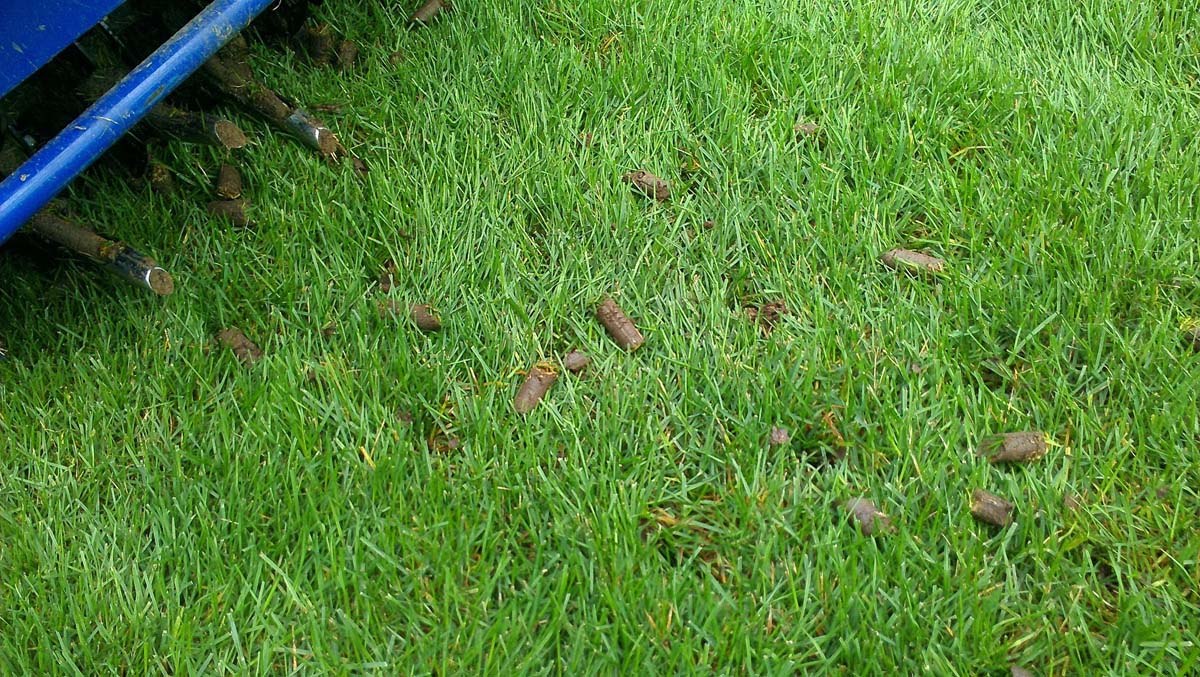Read our online guide to learn more about spring pest prevention, and contact our lawn pest control company for professional yard pest treatment in Gainesville, Florida.
Spring is the season of life. Flowers are blooming, the grass is growing — and pests of all kinds are coming out of the woodwork to pilfer for your yard. Thankfully, our pest control professionals at Master's Lawn are here to help. In this short guide, we've put together a list of tips to help you deal with pests during the spring season. Read on to learn more, and contact our team for effective pest control and prevention in Gainesville, Florida lawns!
Look After Your Lawn
A favorite place that pests love to burrow and feed during the springtime is the lawn. Soil and turf roots both contain a surplus of nutrients and minerals that insects can eat throughout the spring and summer, and they also love to attack heat/drought stressed lawns that are commonly found in our warm season. Most notable among these lawn-eating insect invaders are chinch bugs. Chinch bugs are ant-sized insects the feast underneath your turf. When left untreated, chicnh bugs will pierce and suck the nutrients from your lawn in days causing patchy dead areas, leaving your lawn weak and thin. At The Master's, we provide comprehensive lawn pest treatments and preventative services to prevent this from happening. For existing infestations, our technicians apply the highly-effective chemical agent Arena to stop the infestation and make sure they don't come back.
Protect Your Perimeter
Even if you've managed to eliminate all pests from your yard, there's nothing to stop them from entering your property from outside areas — unless you secure your perimeter, that is. For truly comprehensive pest control and continued protection, we recommend making sure all your home's entry points for pests are sealed tightly and then spraying the perimeter of your property with insecticides to dissuade outside pests from making their way into yard — or worse, your home.
Take Care of Your Shrubs
During the springtime, pests like to make their homes in every area of the yard. This includes shrubs and trees. There are several insect species that burrow and feed on larger plants, weakening them structurally and making them more susceptible to diseases. This is especially true in Florida, where insects such as Magnolia Scale, Crape Myrlte Aphids, and White Flies are common. Whether you are dealing with a current insect infestation in your landscape or trying to prevent one from starting in the first place, it's best to hire a professional to take care of these insidious invaders.
When in Doubt, Call a Professional
Dealing with pests is often easier said than done. While you may find some success taking a DIY route, you’ll more than likely end up with incomplete pest control and recurring infestations. For best results, we recommend partnering with a professional team like ours here at The Master's Lawn Care With decades of experience and the industry’s leading products and technology, we are equipped to handle outdoor pest infestations of all kinds in the Gainesville Florida area. For comprehensive pest control and prevention during the springtime, there is no better choice.











